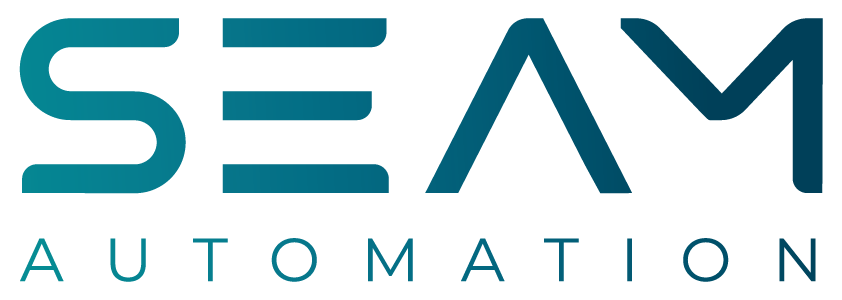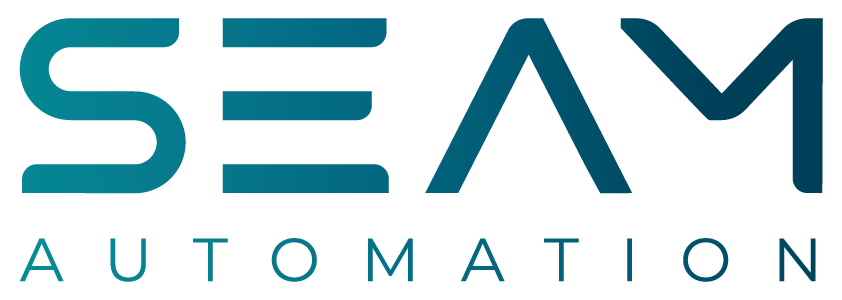Automation is a driving force revolutionizing the pharmaceutical industry, bringing significant improvements in efficiency, precision, and safety. In a sector where regulatory compliance is crucial and product quality can never be compromised, software plays a fundamental role in optimizing processes, reducing human errors, and ensuring adherence to the highest international standards.
In the pharmaceutical sector, drug production and distribution are subject to strict regulations and quality standards. Good Manufacturing Practices (GMP), FDA regulations, and other international guidelines require flawless management of production processes, which must be traceable, controlled, and compliant with the highest standards. Automation meets these needs, enhancing production efficiency, ensuring greater safety, and providing precise data management.
Pharmaceutical IndustryKey Benefits of Automation in the Pharmaceutical Industry
Enhanced Quality and Compliance
Automation significantly reduces human errors and increases precision in drug manufacturing. Real-time monitoring of production parameters like temperature, humidity, and process speed ensures that final products meet GMP and FDA quality standards. Automated quality control integrates vision systems and sensors to verify each product during the production cycle, ensuring that only compliant items proceed to packaging and distribution.
Traceability and Data Security
Lot traceability is essential in pharmaceuticals. Automation, supported by advanced software, records every production step, from raw materials to the final product, creating a secure digital archive accessible for audits. In the event of a product recall, automation enables quick issue identification and damage control, reducing risks.
Resource Optimization & Increased Productivity
Automation minimizes downtime, optimizes resource utilization, and enhances production capacity. Software-driven control allows machines to operate continuously and in sync, increasing efficiency while reducing costs associated with machine stoppages and maintenance. Predictive maintenance software anticipates failures, preventing costly disruptions and extending equipment lifespan.
Environmental Condition Management
In pharmaceutical production, environmental conditions (temperature, humidity, dust) are critical to ensuring product integrity. Automated monitoring systems maintain optimal conditions, using sensors and integrated software to adjust operations automatically.
Pharmaceutical IndustryThe Role of Software in Pharmaceutical Automation
At the core of pharmaceutical automation is the software that manages, controls, and optimizes production processes. Different software solutions cater to the industry’s specific needs:
Manufacturing Execution Systems (MES)
- Collect & analyze real-time data
- Coordinate workflows & production progress
- Optimize production lines & resource allocation
- Reduce waste & improve efficiency
Lot Traceability Software
- Tracks every stage of pharmaceutical production, from raw material intake to final product distribution
- Facilitates recall management by quickly identifying affected batches
Quality Control Software
- Integrates with vision systems & sensors for visual inspections, dimensional measurements, and container integrity testing
- Generates quality reports & data analysis to ensure compliance
Environmental & Resource Management Software
- Monitors temperature, humidity, and pressure in real time
- Automatically adjusts conditions to maintain optimal production environments
Pharmaceutical IndustryContinuous Innovation: AI & IoT in Pharmaceutical Automation
The pharmaceutical industry is rapidly evolving with Artificial Intelligence (AI) and the Internet of Things (IoT). AI-driven algorithms optimize production by predicting trends, refining operations, and reducing defects. IoT technology enables real-time communication between machines and software, creating an interconnected ecosystem for improved efficiency and data management.

